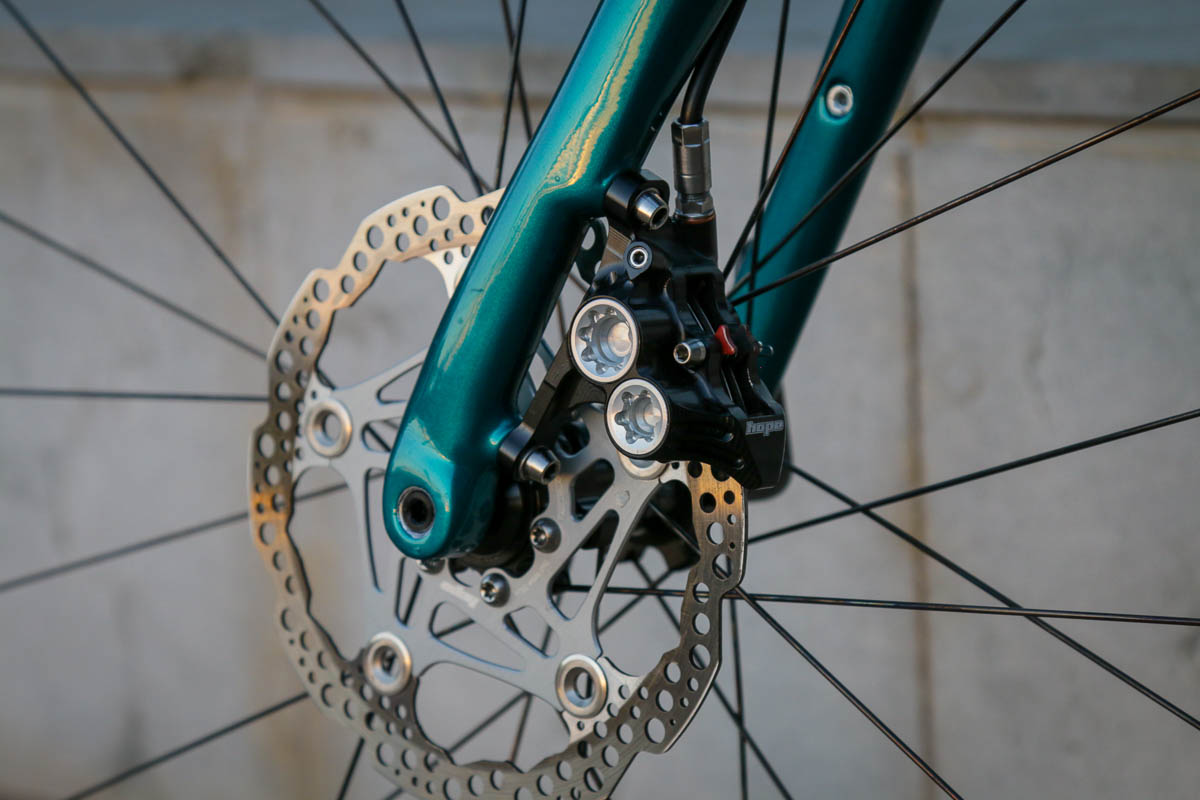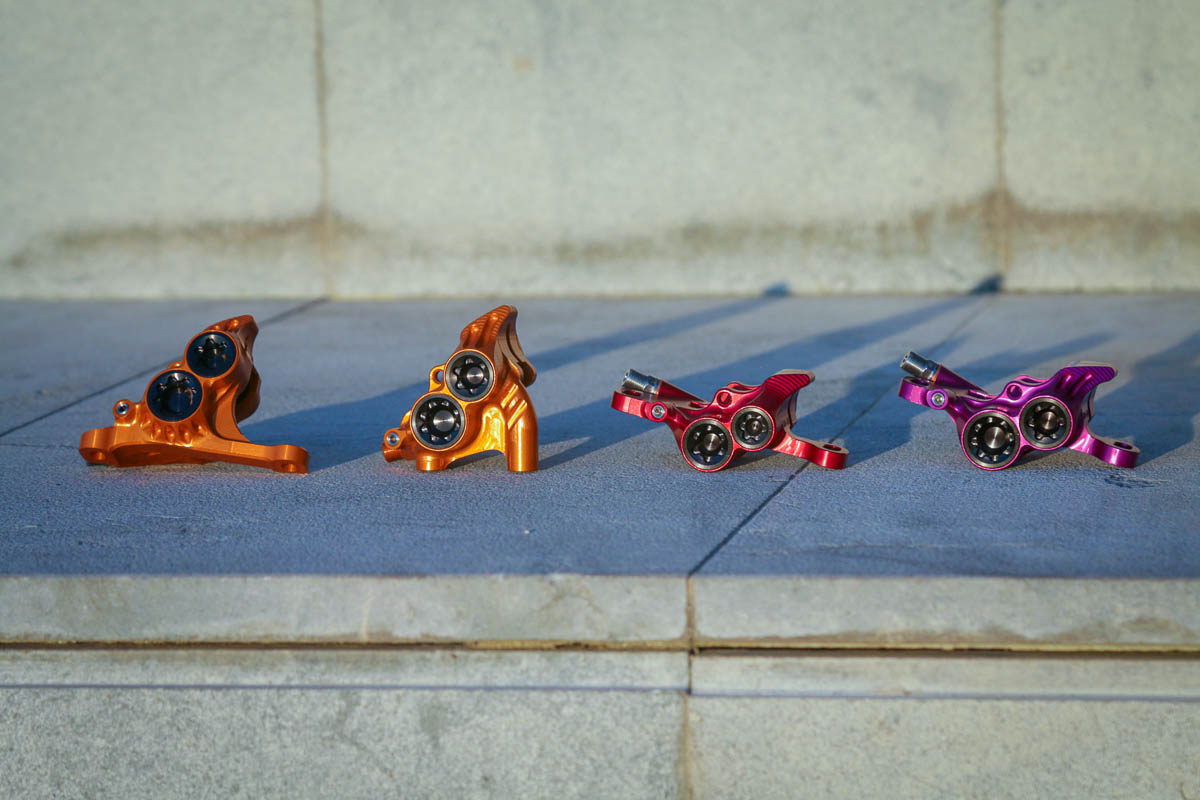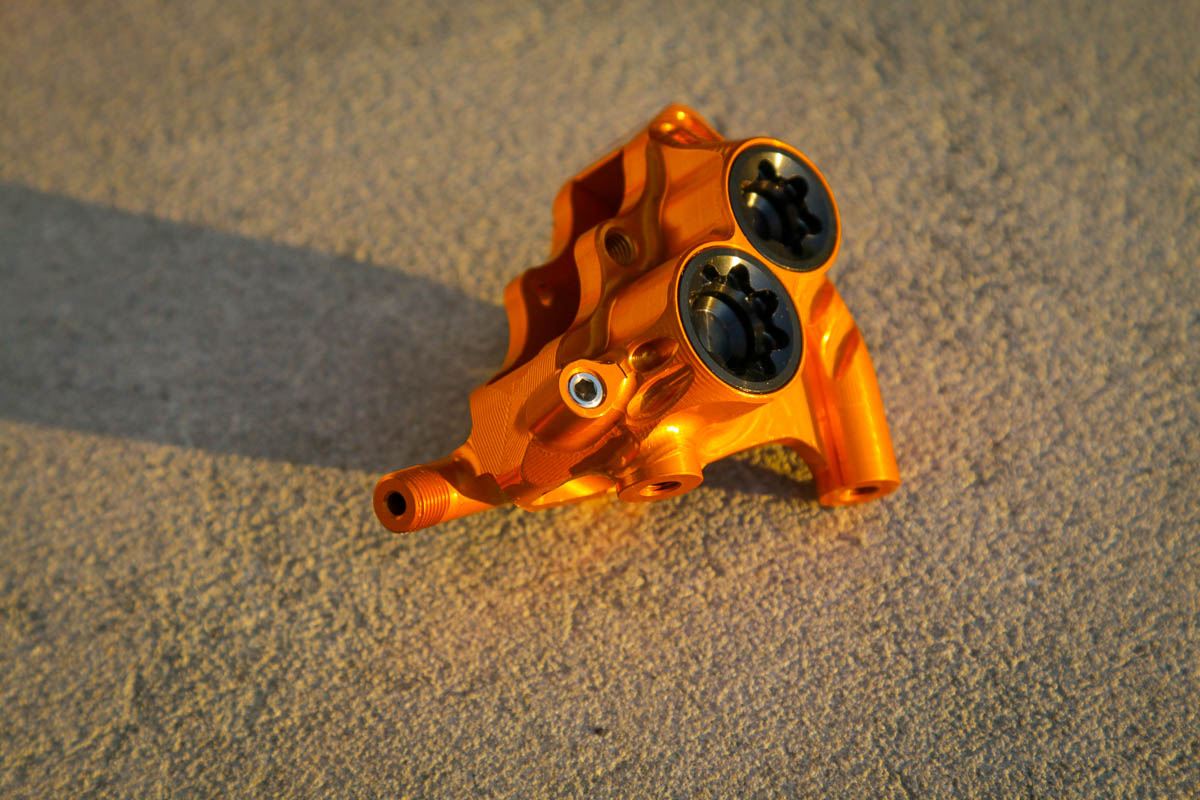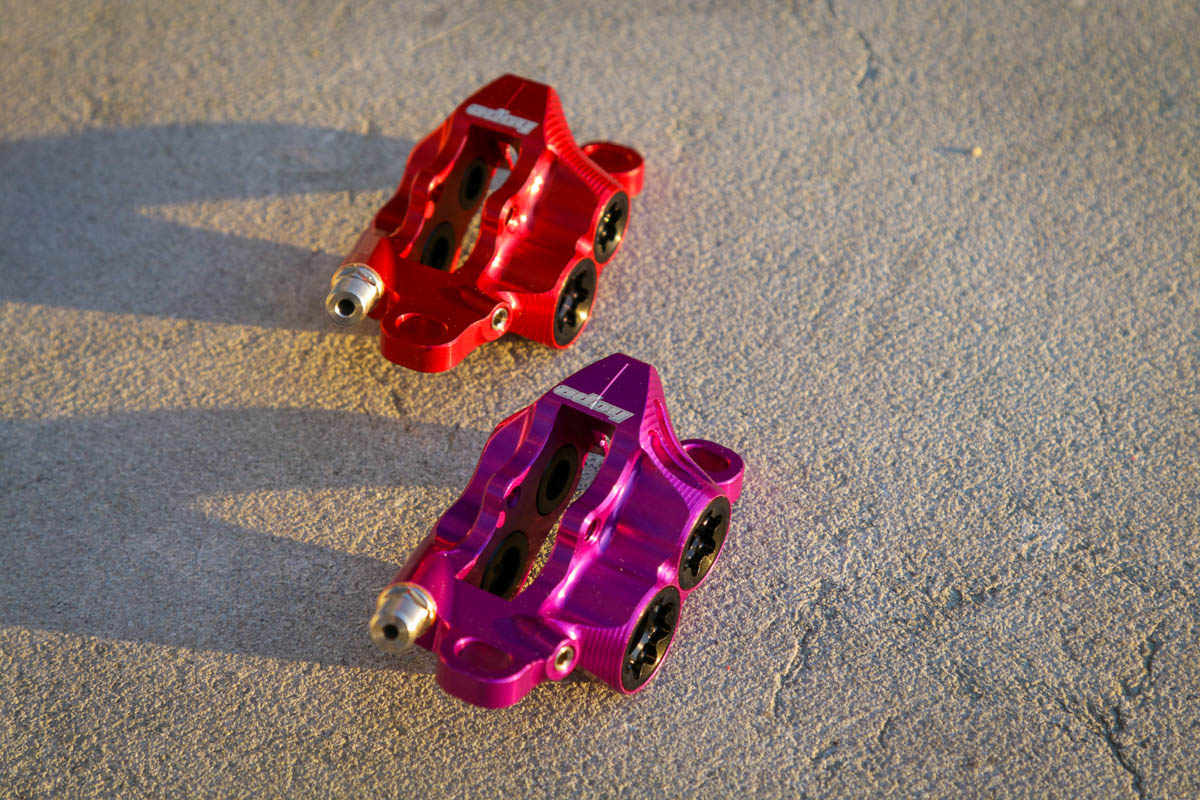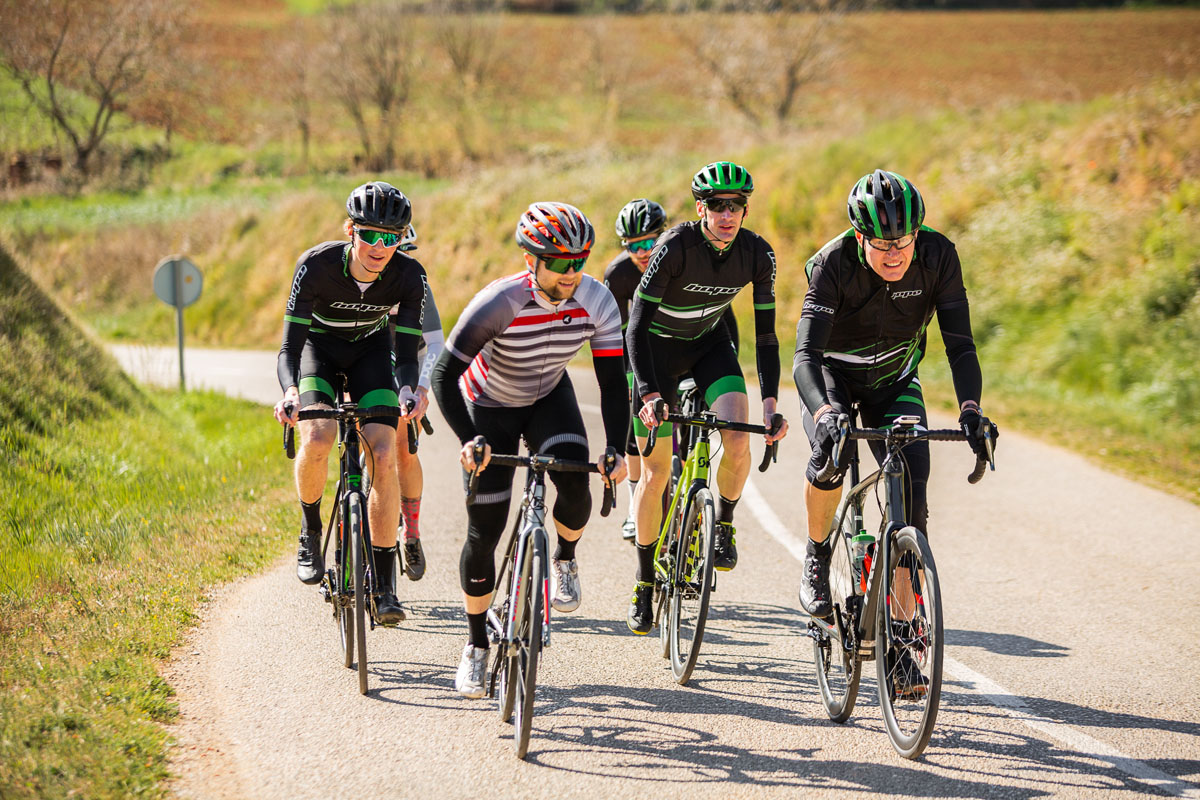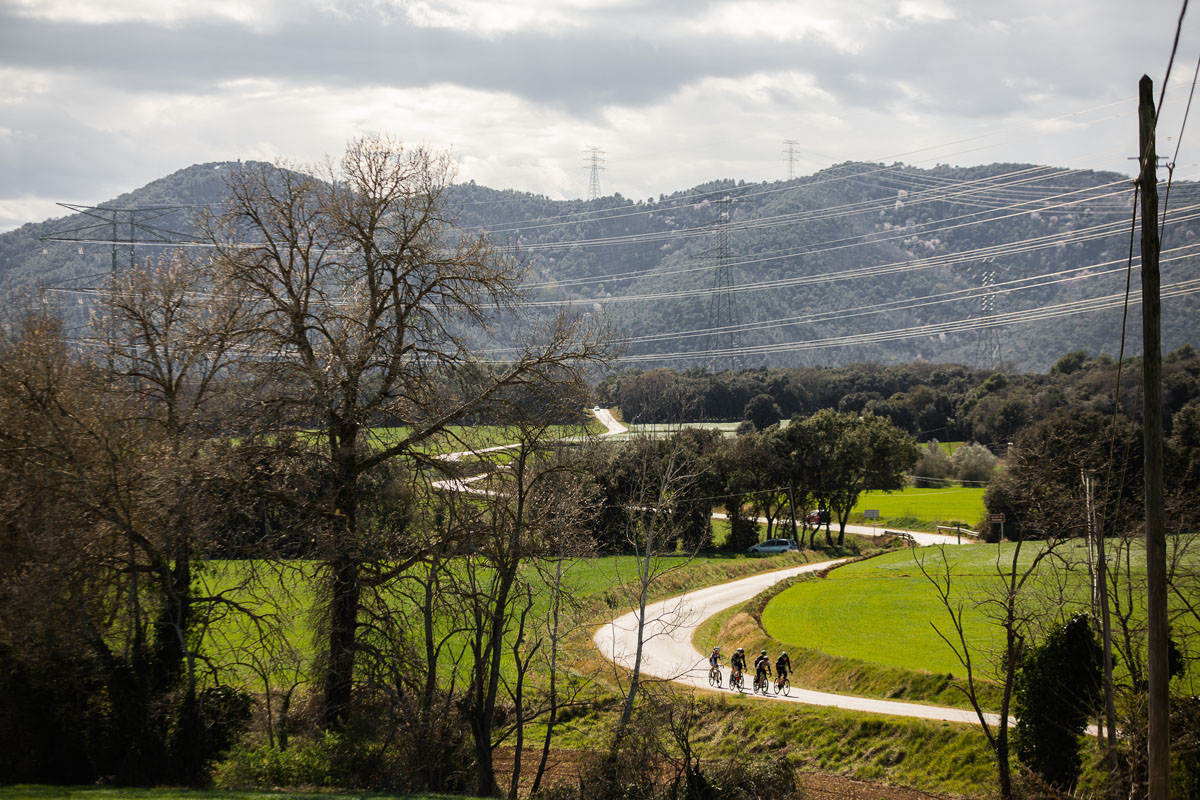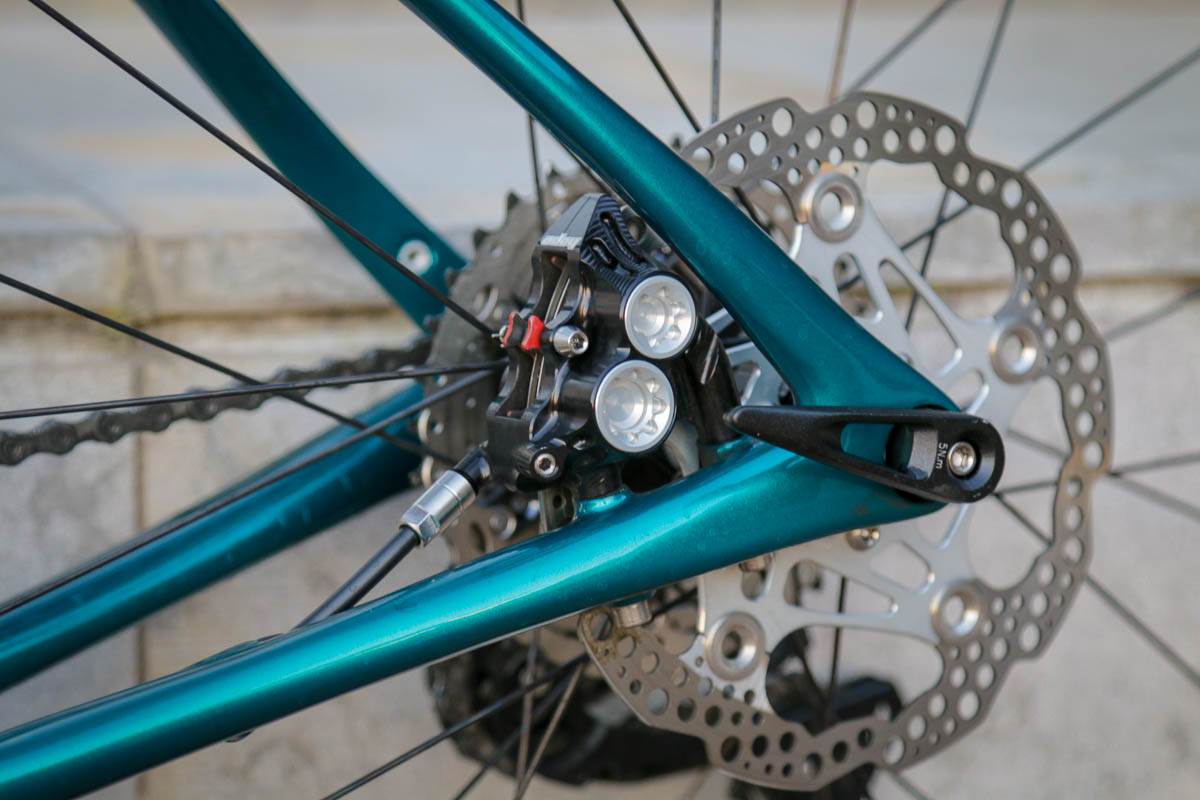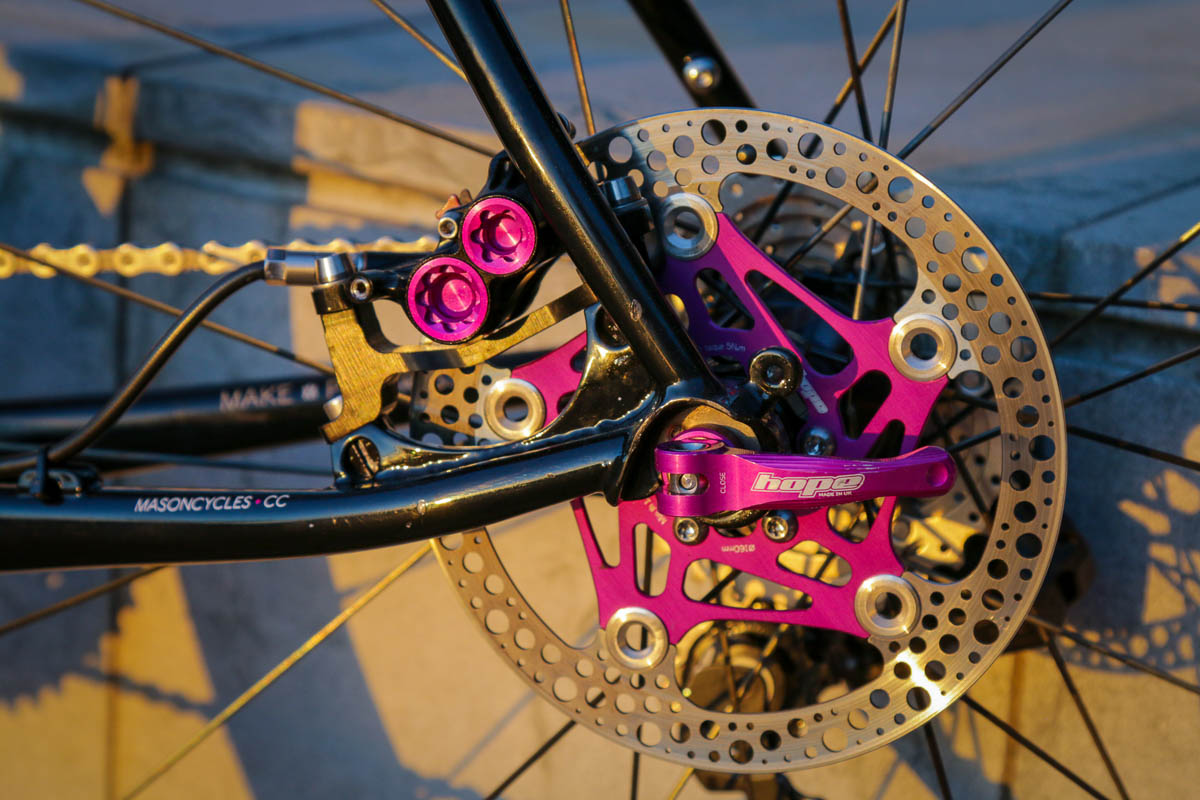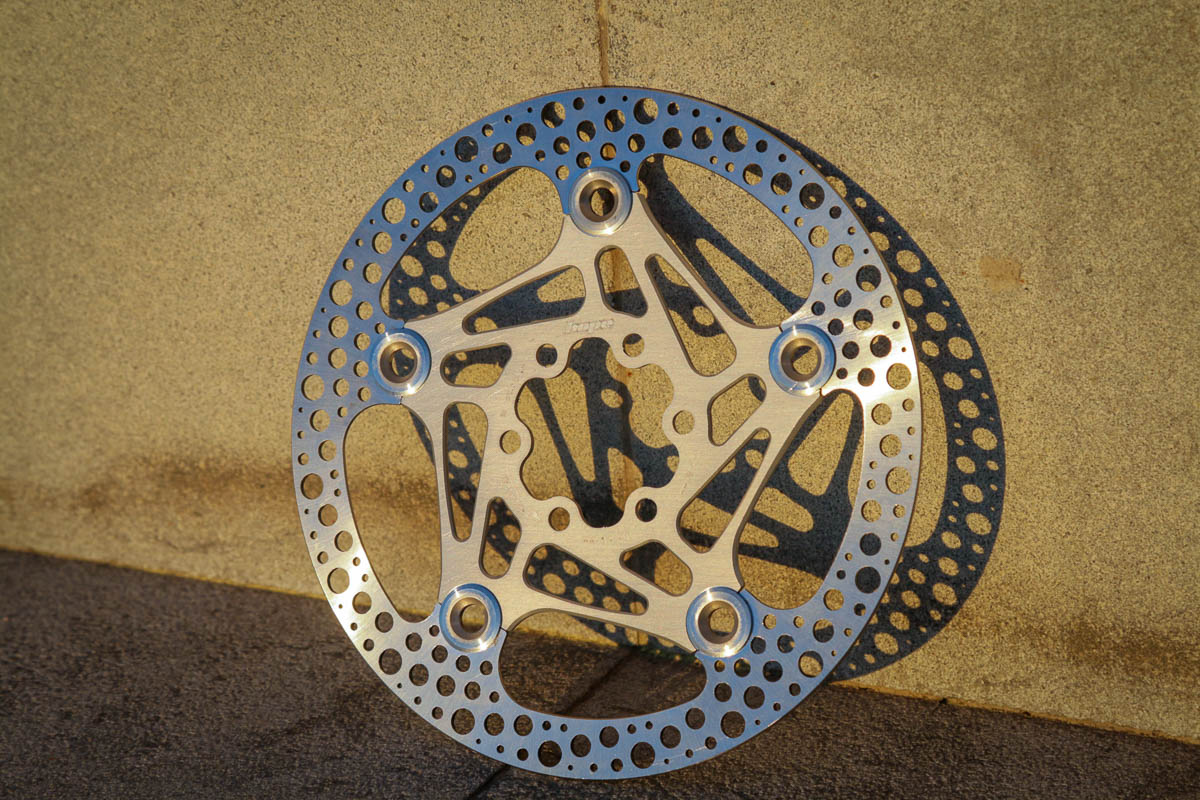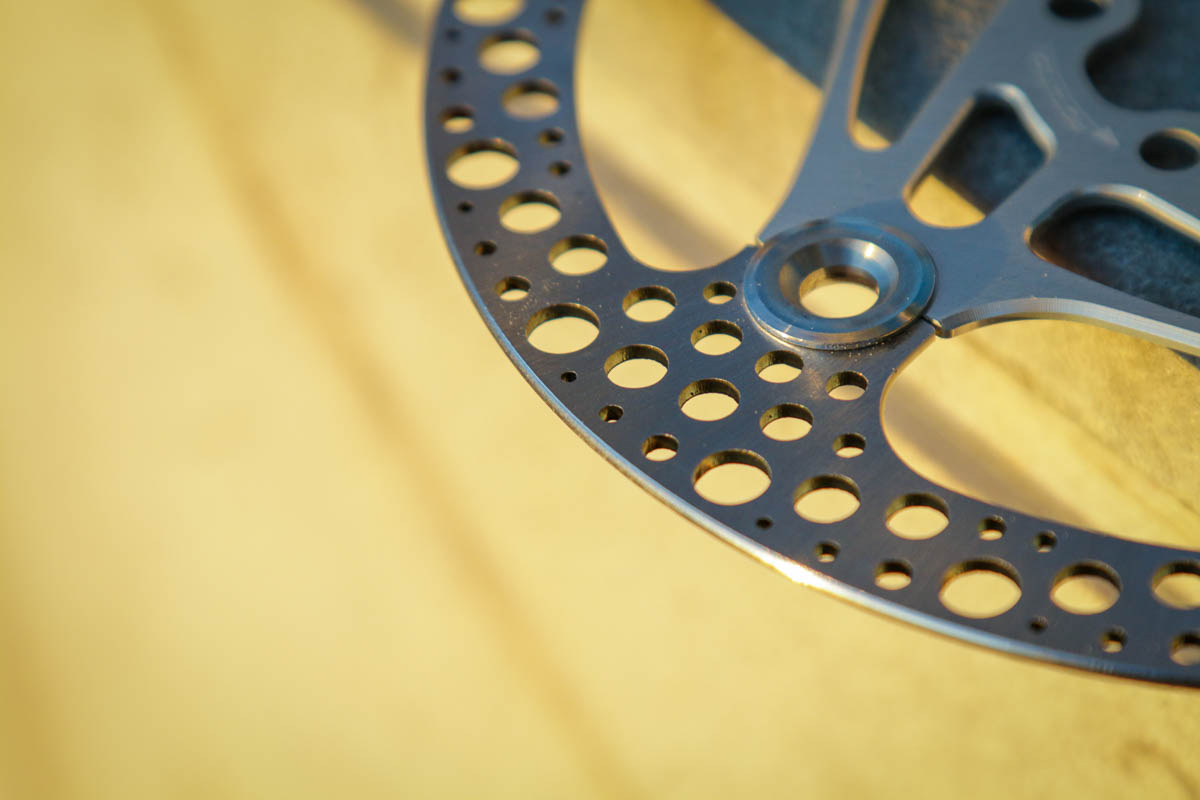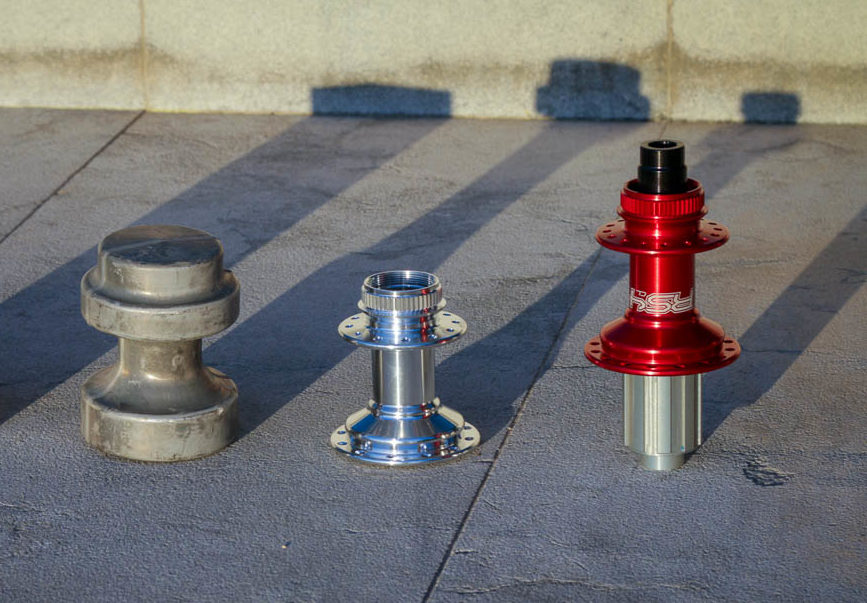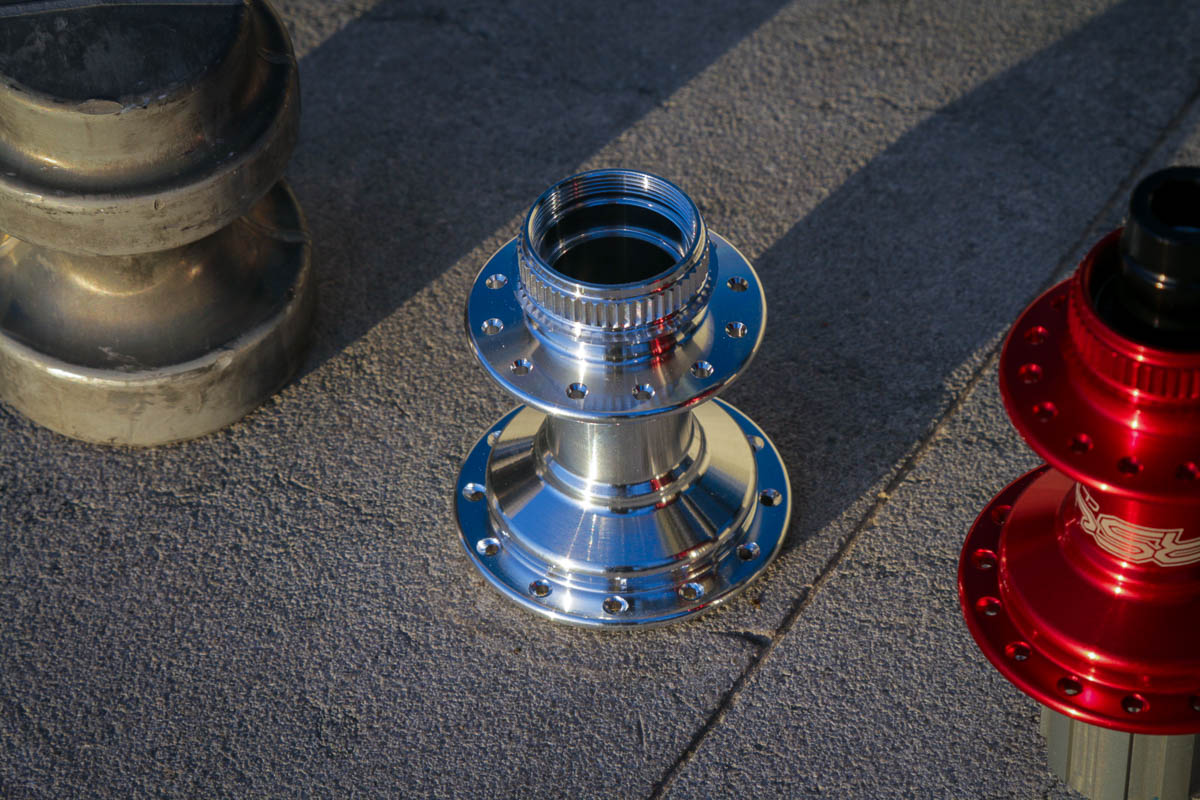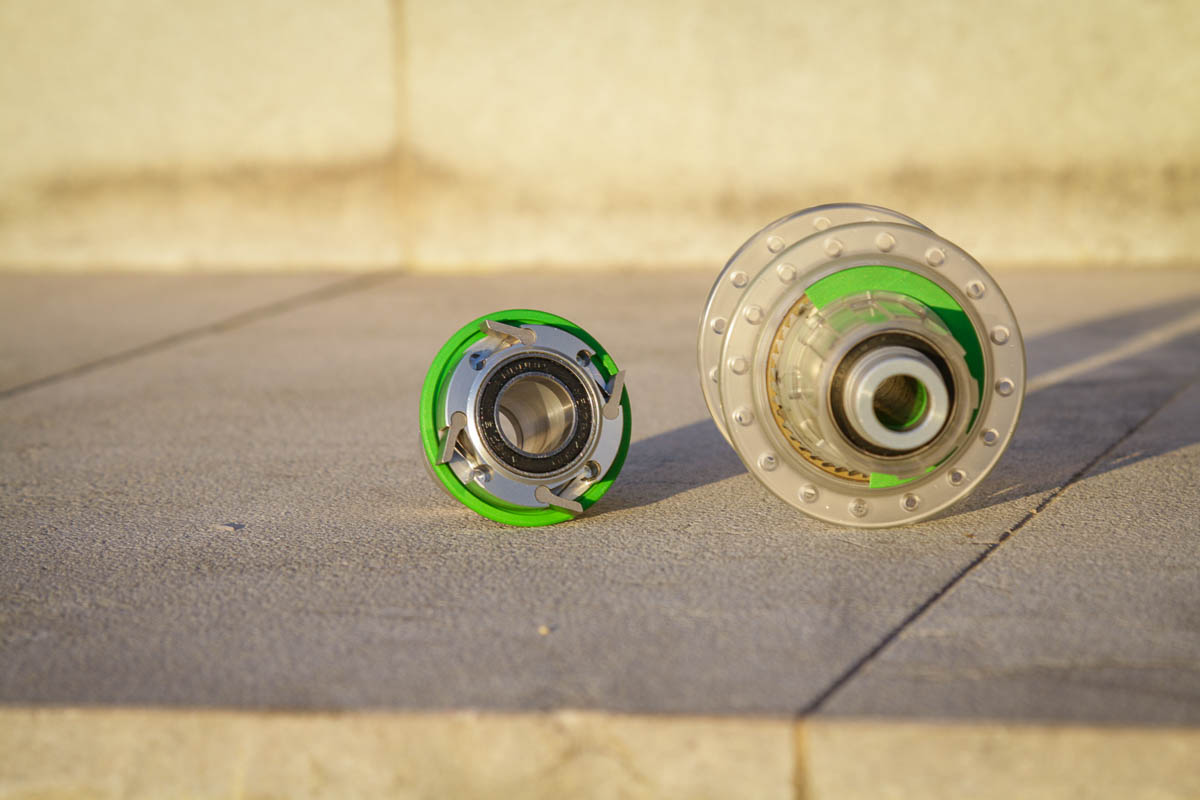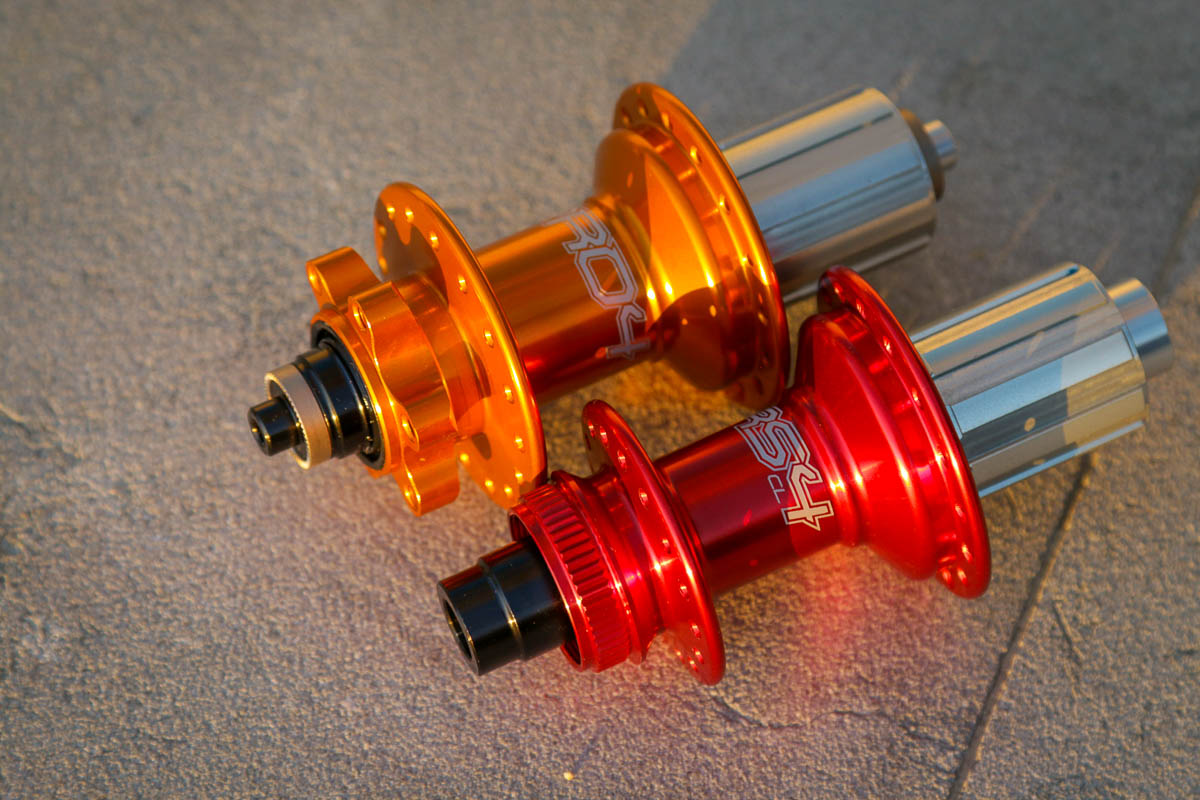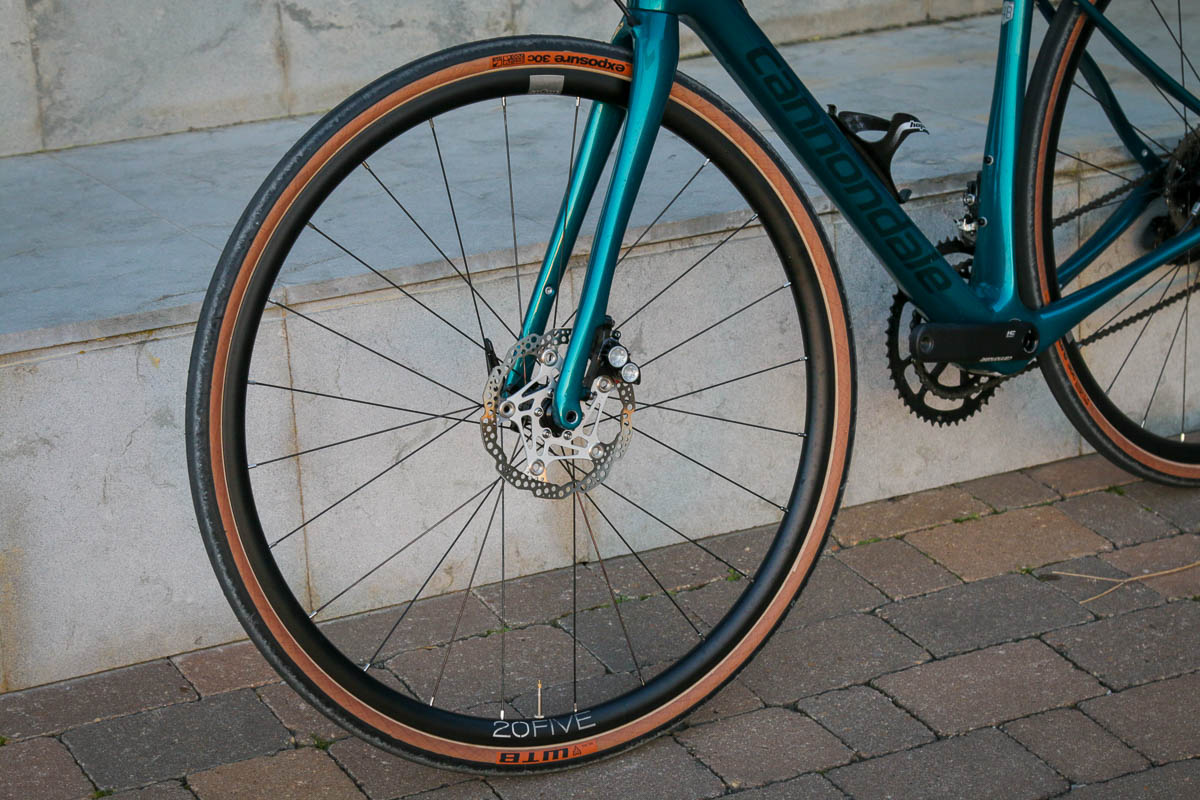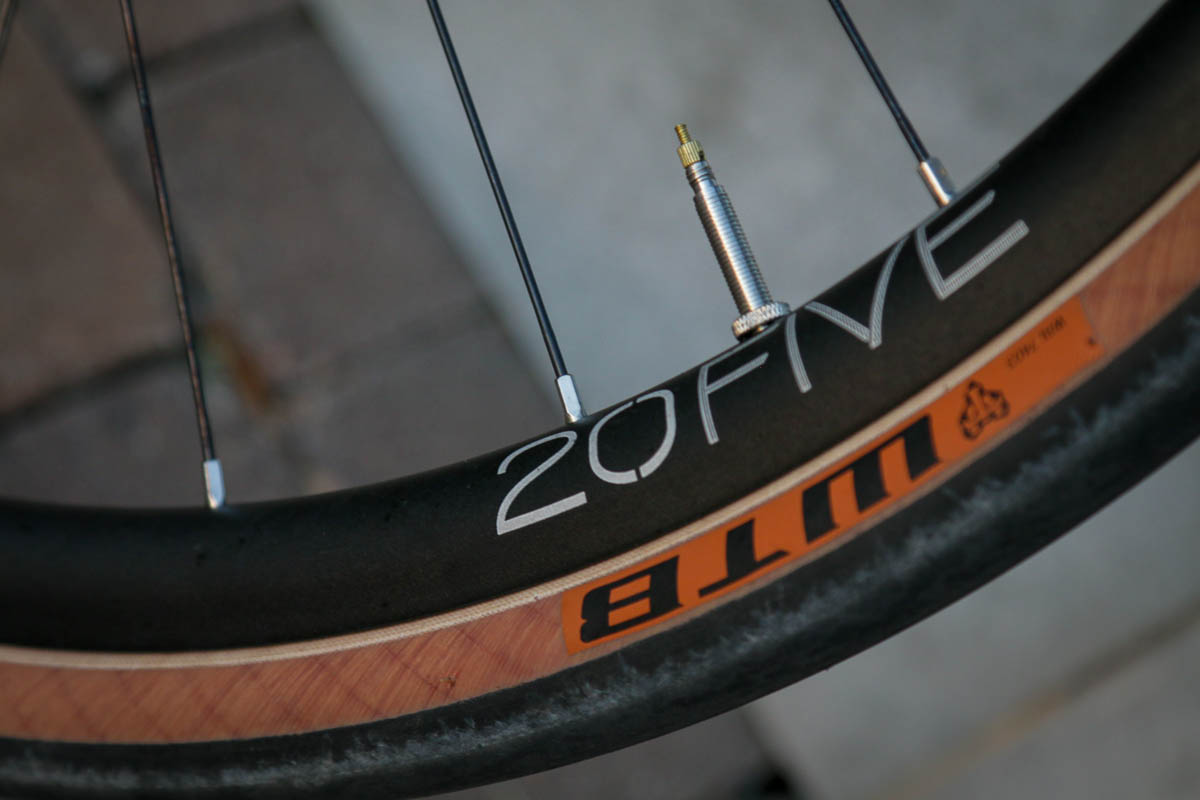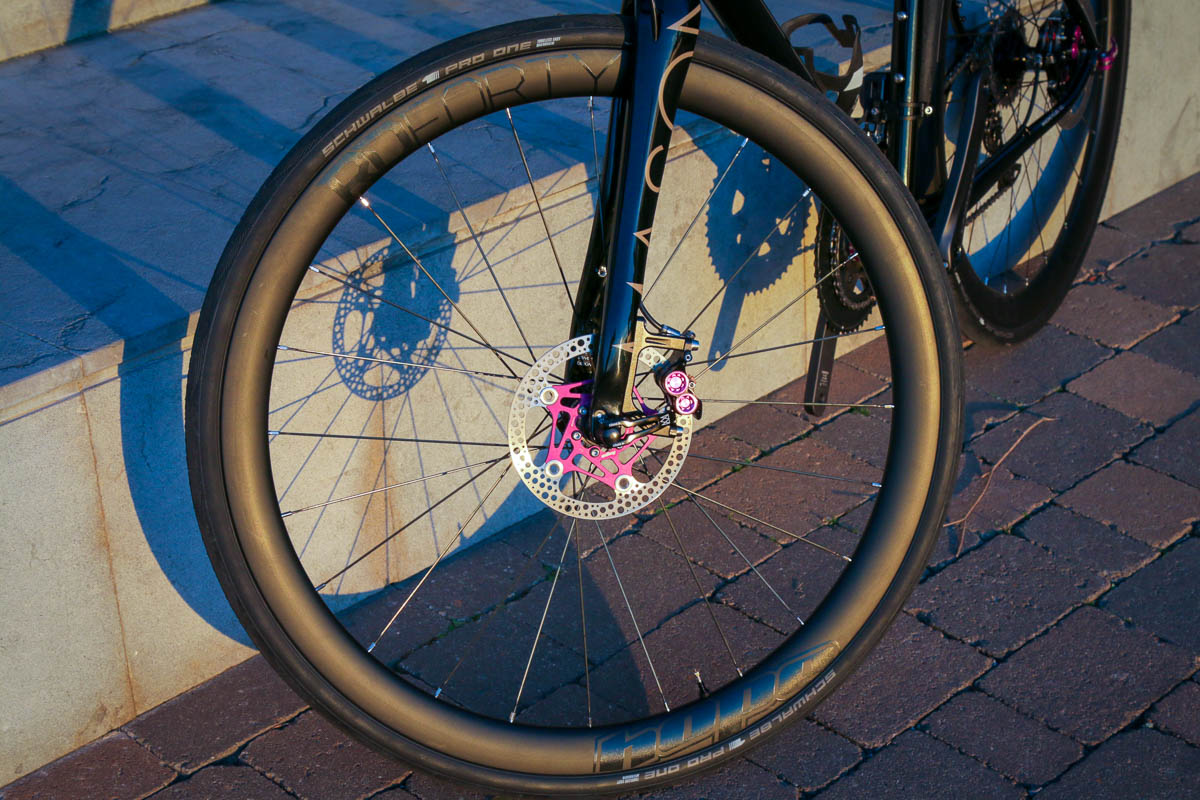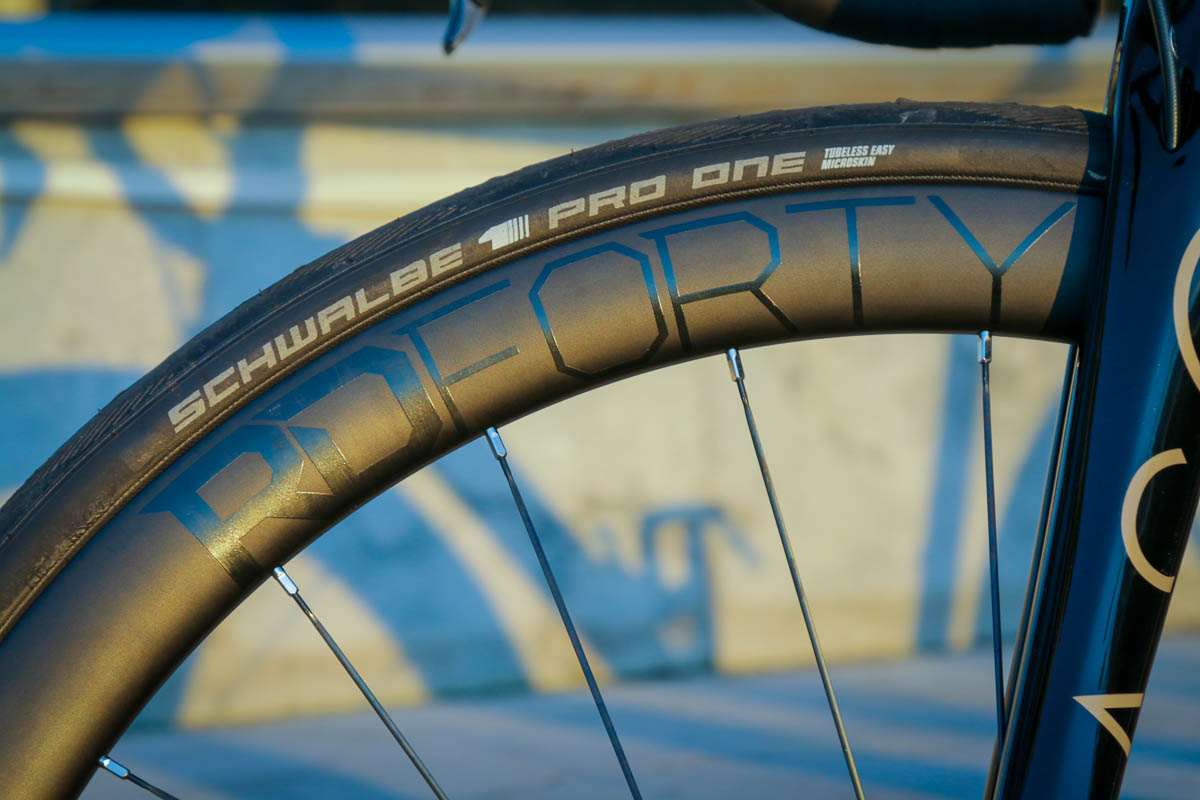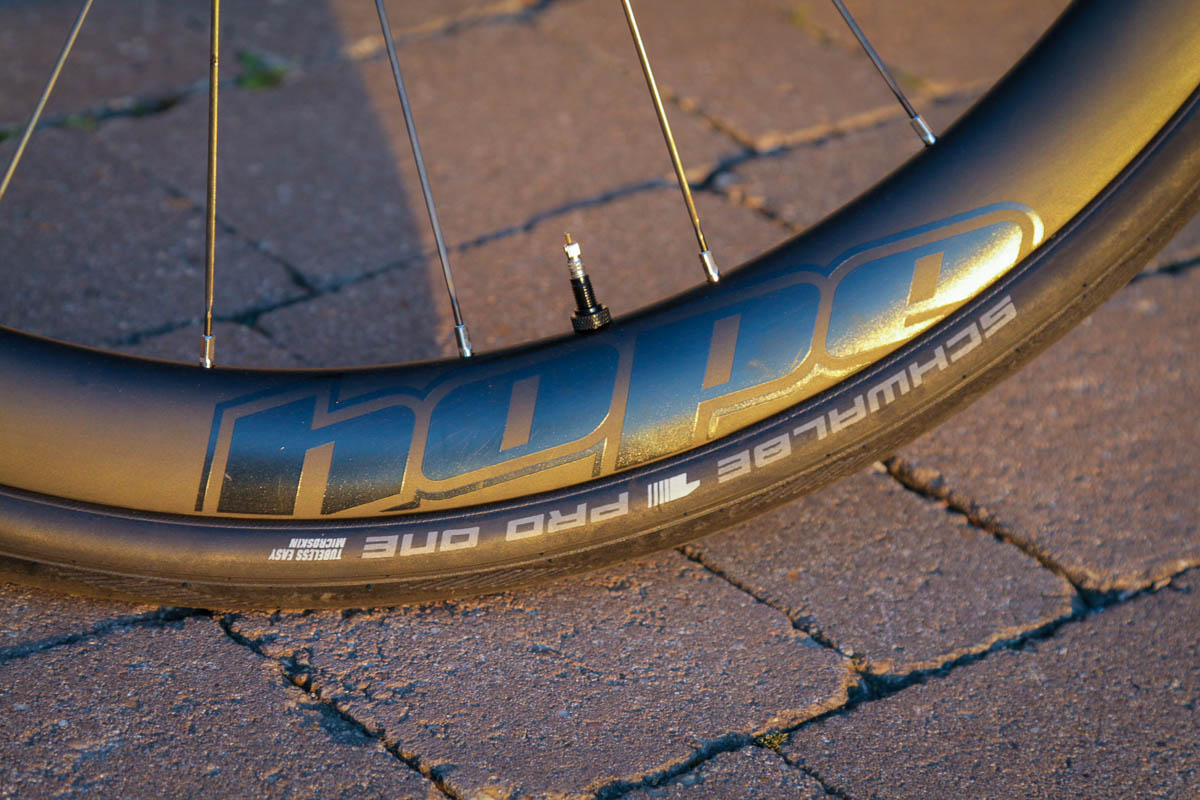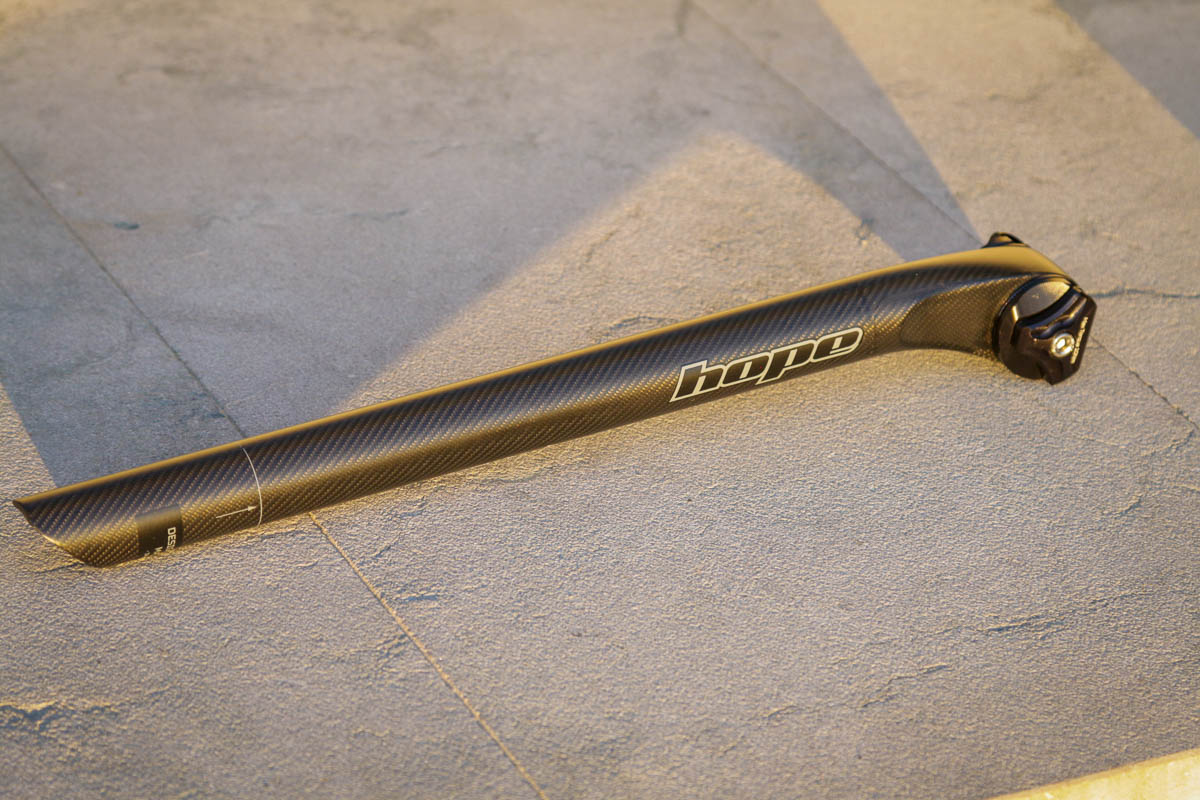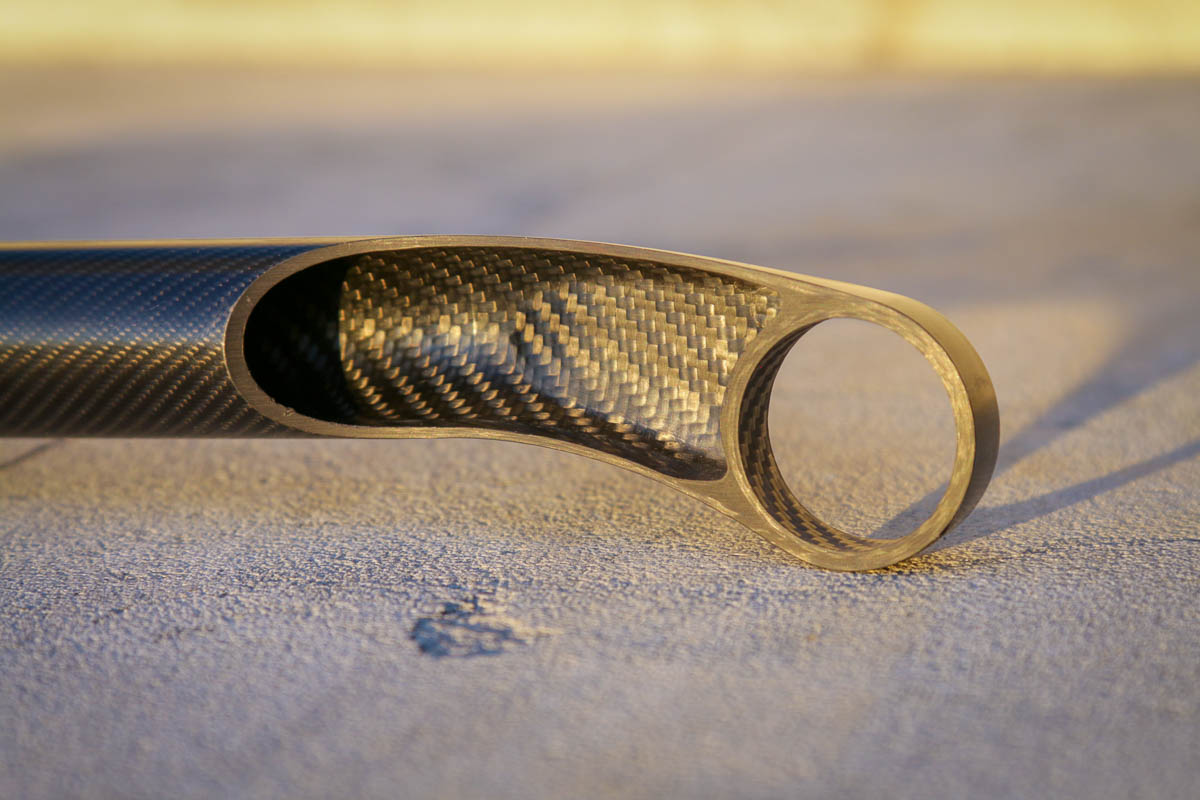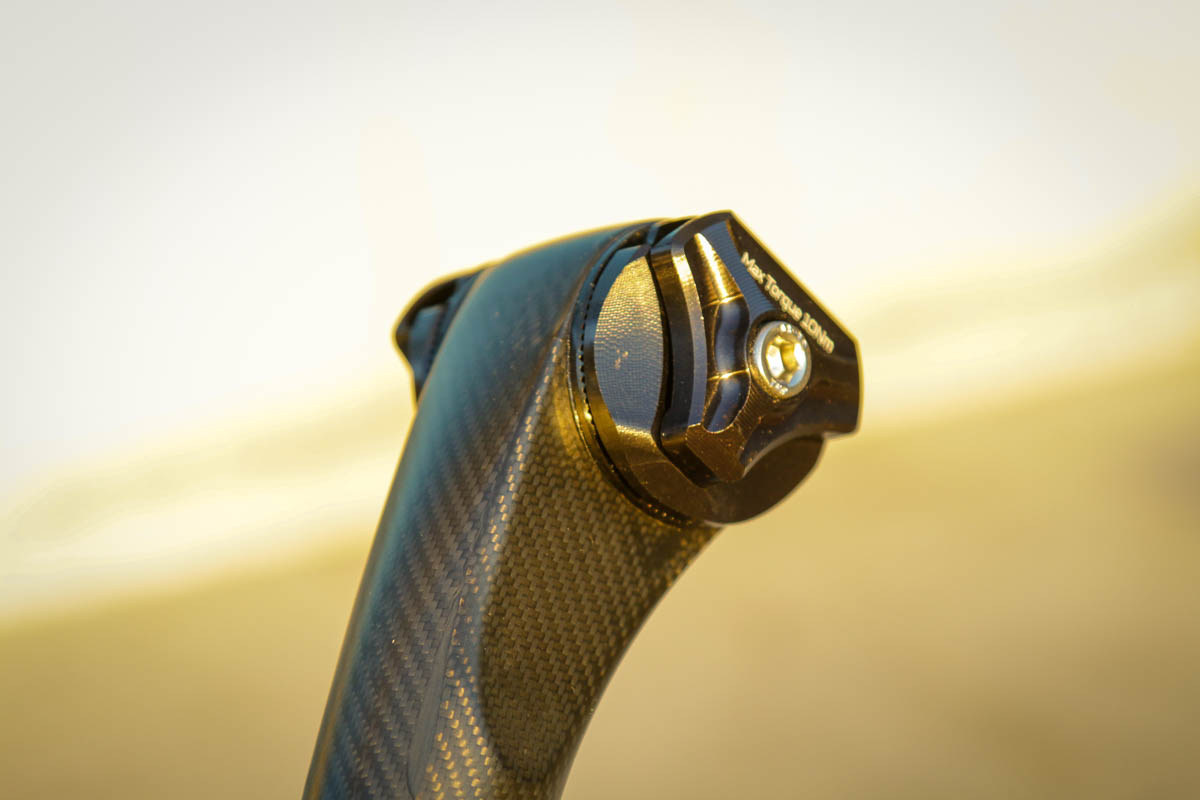Given Hope Tech’s position as a leader in terms of mountain bike hydraulic disc brakes, hubs, wheels, and more, it may be a bit odd to see them as a road/gravel company as well. But as co-founder Ian Weatherill puts it, Hope was originally more of a road and track company to begin with. Not really by choice, but because they made incredible disc brakes that didn’t fit any of the current mountain bike frames. As they waited for the industry to catch up, Hope ended up producing more road and track hubs than any other product at the time.
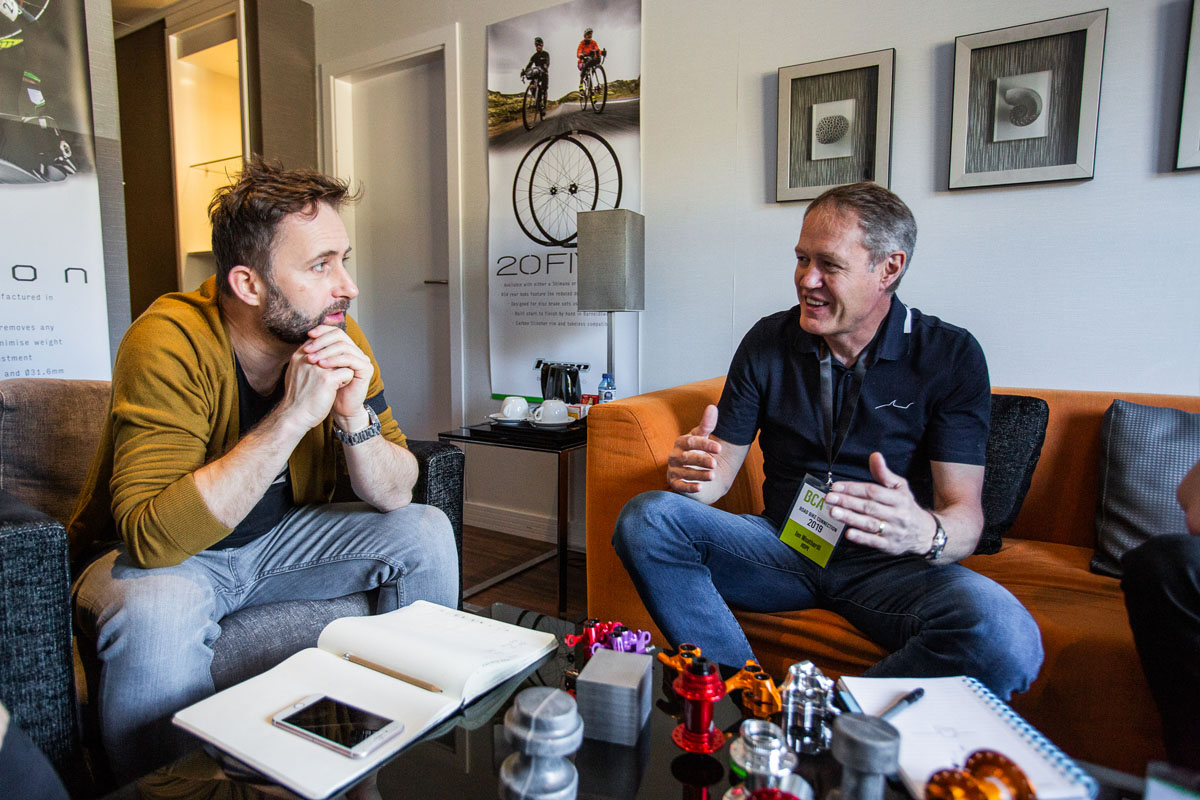
Obviously, as disc brakes gained acceptance and standards were mostly agreed upon, Hope became the mountain bike powerhouse they are today. But with that Ian is quick to point out that Hope is really the product of their own needs and wants as riders. Proudly independent and making almost everything in house in Barnoldswick, England, if there is a product that the Hope team wants to ride, well, they’ll just make it for themselves. That self sufficient attitude has led to Hope branching out across almost every category including those that involve drop bars.
RX4 hydraulic disc brake calipers
First introduced in 2016, Hope’s RX4 hydraulic disc brake calipers are an attractive upgrade for SRAM or Shimano/Campagnolo disc brake systems. While the original company may frown on you running another company’s calipers with their levers, for Hope it was a matter of improving the performance of existing brake systems without having to engineer their own shifter or complete drivetrain. Where the original OEM calipers use two pistons each, Hope uses a four piston caliper design with pistons of different size – which Hope says was crucial to get the ratios and feel correct.
Hope also claims that their brake calipers have better piston retention which comes down to the design of the seal, the seal groove, and the combination of spring tension between the pads. This ends up being a very delicate balance to get it right as too much piston retention will delay the pad contact every time you go to grab the brakes. But too little, and you end up with annoying noises as the pad surface brushes against the rotor while you’re off the brakes.
Out on the road, it seems like Hope has indeed gotten it right with a brake that offers incredible power and modulation but is completely silent when it should be. Over the course of a road ride through the hills of Girona, Spain on a Cannondale CAAD 12, the flat mount RX4s set up on a Shimano hydraulic/mechanical Dual Control lever performed admirably. The power comes on smoothly in a predictable manner, but if you need gobs of power, it’s there – presuming you have the traction to use it. Compared to some brake systems it felt like the lever stroke was shorter with a more positive engagement when you hit the braking point. More time on the system would be required for a more thorough review, but my initial impressions were quite good.
The RX4 calipers are available in either post mount or flat mount configurations, and you can purchase individual calipers which is handy if you have say a flat mount frame and post mount fork – or vice versa. The only thing you can’d do is purchase a complete brake set – you have to buy the calipers and supply your own levers.
The RX4-SH caliper is designed for use with mineral oil and therefor Shimano and Campagnolo levers, while the RX4-SR is designed to work with DOT fluid and SRAM lever systems. Weights are listed at 102g for the RX4-SH including pads and 92g for the RX4-SR including pads. Perfect for use with the Hope Road Rotor, these rotors use a floating 2 piece design and include a beveled edge on the braking surface to keep the “danger” to a minimum.
RS4 Road, Cross, & Gravel hubs
Obviously, Hope is no stranger to hub production and it’s something they do exceptionally well. So it should come as no surprise that their RS4 road hubs are built to the same exacting standard. Starting with one of the only processes not done in house, the hubs begin life as an Italian forging that comes from the same factory responsible for Ducati motorcycle frames. From there the forging is shipped to England to machine it into the recognizable hub shell before heading off to polishing. Hope proudly does their anodizing in house, but they’re also quite fond of their polishing system which results in better anodized finishes. The process uses walnut shells as an abrasive which cuts down on the environmental impact and yields an incredibly shiny hub shell that takes well to anodizing.
Using the same freehub design as their mountain bike hubs, their road hubs lose two of the four pawls, running just two pawls for 44 point engagement. Inside, Swiss sealed bearings keep the hubs spinning smoothly through ugly British winters.
Available in Centerlock or 6 Bolt configurations, the hubs are also available in straight pull or traditional J-bend spoke options. End caps are available to fit most frame configurations, and currently Shimano and Campagnolo freehubs are available – though Hope tells us they are simply waiting on approval from SRAM to release XDR freehubs into the wild.
The hubs are perfect center pieces for Hope’s road rims with complete builds offered in the 20FIVE aluminum or RD40 carbon wheel sets.
The 20FIVE is a 25mm deep rim with a 20mm internal width that’s tubeless compatible and comes in at 425g. Available in a few build options, these are shown above with a 24h straight pull RS4 hub which results in a 762/908g complete wheelset (Centerlock) that’s hand built in Barnoldswick as with all of their wheels – though the rims are not made in house.
The RD40 uses a 40mm deep carbon rim with a 19mm internal width that is also tubeless compatible. Available with RS4 straight pull hubs in 6 bolt or Centerlock, the Centerlock version checks in at 1495g per set. Both wheelsets are available with Shimano or Campy freehub bodies (XDR coming soon), 6 hub color choices, and Sapim CX-Ray Spokes and QR/TA end caps in the box.
UK made carbon seatposts
Finally, Hope has been increasing their in house carbon production because, well, because they can. And they think they can do it better thanks to their ability to create their own molds in house which can be quickly changed. When they’re not building race bikes for the British Cycling team, Hope is working on their line of carbon products which now includes a seat post among others (we’re told a gravel or cross bike might not be far off).
Mainly constructed from T700 unidirectional carbon fiber combined with a 3K twill woven and 1K 2×2 twill woven fabric for the outer layer, the post has a typically robust Hope build quality and a weight of 185g for a 27.2mm post. It’s also available in 30.9 and 31.6mm diameters – all of which feature a single bolt adjustment with aluminum seat rail clamps and a 15mm setback.
